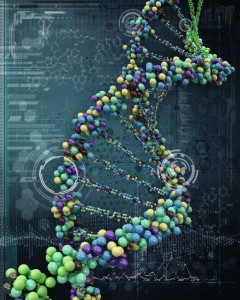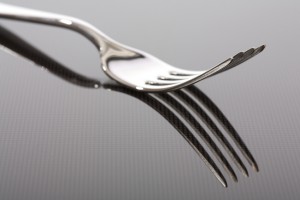As a London Osteopath offering a complete care pathway for low back pain and musculoskeletal strains and sprains we do need to include the element of nutrition for total body wellness. Chronic pain change our bodies internal environment
- Pain and gut inflammation – what is pain? Defining it & Redefining it – A gold standard method for measuring Pain does not exist in practice. There is no universally recognised unit that can, in the present day, be called into existence.
- Background – History of Pain – Pain Discovery – Measuring Pain – In the 1940s, a group of doctors at the University of Cornell set out to create a unit of pain intensity. Using the “dol” as a unit, the physicians created a 21-point quantitative scale. Their hot pursuit of knowledge was perhaps reflected in the means by which they gathered relevant data. They tested pain reactions on medical students and women in labor between contractions. Also, they did this by burning their subjects. Understandably, such methods were deemed controversial and “dol” never quite caught on as a unit of pain measurement. Subsequent attempts at method justification, for the sole purpose of recruiting a unit measurement of pain, did not receive the required research grants. It would seem that inflicting pain artificially, or allowing for the natural occurrence of this experience, could not morally accommodate for a study of pain that would be of significant future benefit to the suffering individual.

Consequently, the National Institute of Nursing Research reference that “Pain remains a uniquely personal experience that cannot be measured objectively.” [tweetthis]#Pain remains a uniquely personal experience that cannot be measured objectively[/tweetthis]
- Two definitive categories should be used to inform the pain medicine practice of all health care professionals: Acute Pain – This can be defined as pain that lasts less than 6 weeks, or pain that is directly related to tissue damage. The pain that is experienced from a paper cut or from standing on a tack is acute pain. Pain that is felt after an operation is acute pain; it is severe, but we expect it to go away. Chronic Pain – This can be defined as pain that lasts longer than 3 months. There are at least two different types of chronic pain problems — pain that has an identifiable cause, (an injury), and pain with no longer an identifiable cause (the injury has healed). Most of chronic pain is of musculoskeletal origin.
- Other terms used to describe or define pain include: Neuropathic Pain – Mechanical
Inflammatory – Chemical (Metabolic) – Somatic – Visceral Referred & Ischaemic Pain - Clinically, the most common tests to diagnose inflammation include measuring erythrocyte sedimentation rate (ESR), white blood cell count, and albumin levels (and other biomarkers) These tests are nonspecific; that is, an abnormal result might result from a condition unrelated to inflammation. Such non-specific tests do not account for IBS and SIBO for example.
- If you are seeking solutions by way of nutritional therapy, recognising signs and symptoms of gut health and acute, sub-acute and chronic inflammatory process, as well as being able to interpret laboratory reports thus, is unique and invaluable when it comes to getting results for healthy weight loss, unexplained fatigue etc.
- The principles of Naturopathy were first used by the Hippocratic School of Medicine in about 400 BC. The Greek philosopher Hippocrates believed in viewing the whole person in regards to finding a cause of disease, and using the laws of nature to induce cure. It was from this original school of thought that Naturopathy takes its principles.
Other Referenced Definitions Of Pain
“Pain is what the person says it is, existing when and where the person says it does.” (McCaffery & Beebe, 1999)
Margo McCaffery is a Nurse Consultant who has published widely about pain medicine. What she is saying here is that pain is individual to the patient, the best judge of the intensity of the pain is the patient, and that the patient should be believed. This definition of pain is taught to all nursing and medical students.
The International Association for the Study of Pain (IASP) defined pain as: “An unpleasant sensory and emotional experience associated with actual or potential tissue damage, or described in terms of such damage” (IASP, 1979)
The importance of this definition is that it includes pain that may occur without any recognised stimulus, and it also introduces recognition that pain is influenced by our emotions.
The British Pain Society have a useful glossary of medical terminology, on which pain is defined as:-
“…An emotion experienced in the brain, it is not like touch, taste, sight, smell or hearing. It is categorised into Acute pain – less than twelve weeks duration and Chronic pain – of more than twelve weeks.
Pain can be perceived as a warning of potential damage, but can also be present when no actual harm is being done to the body.”




